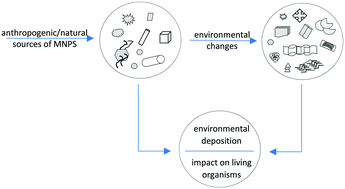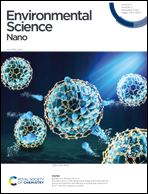Metal nanoparticles in the air: state of the art and future perspectives
Abstract
Nanoparticles containing metals in their structure constitute an increasingly large group of substances present in the air. They come from both natural and anthropogenic sources. The wider and wider use of such particles means that increasingly complicated structures are present in the air we breathe. These particles are in the ultrafine size range (<100 nm), readily deposit in the lower areas of the respiratory tract and can be translocated directly into our body. Therefore, it is necessary to know their properties, impacts on the environment, and effects on human health, and methods of protection against them.



 Please wait while we load your content...
Please wait while we load your content...